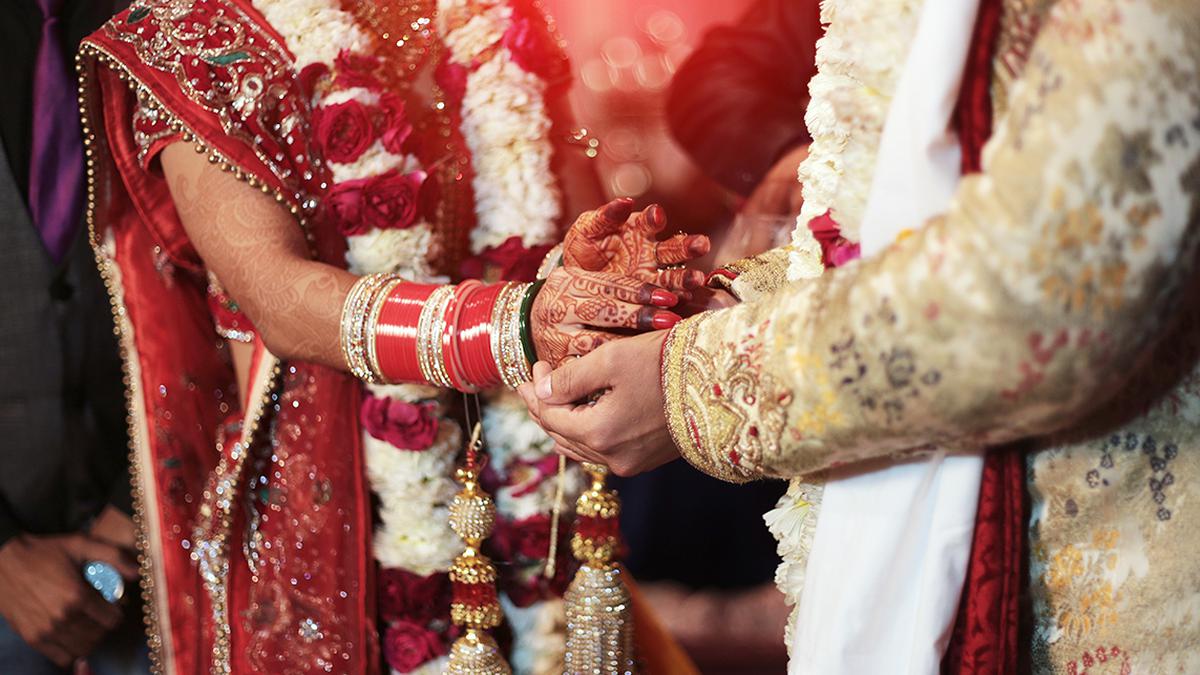
The Supreme Court’s ruling on the essential rituals for a valid Hindu marriage | Explained Premium
The Hindu
Supreme Court emphasizes the importance of Hindu marriage ceremonies for legal recognition under the Hindu Marriage Act.
The story so far: In a recent ruling, the Supreme Court observed that a Hindu marriage is a ‘samskara’ or sacrament and must be “performed with ceremonies in the proper form” to be recognised under the Hindu Marriage Act, 1955 (HMA).
A bench of Justices BV Nagarathna and Augustine George Masih underscored that the registration of a Hindu marriage only facilitates proof of the marriage but does not provide it legitimacy unless rites and ceremonies envisaged under Section 7 of the HMA such as the saptapadi (the rite where a couple walks around a fire seven times) are complied with.
The Court was adjudicating upon a petition filed by a Hindu woman seeking a transfer of divorce proceedings from Muzzafarpur in Bihar to Ranchi in Jharkhand. Amid the divorce proceedings, the couple, who are commercial pilots, jointly applied for a declaration that their marriage was not valid since no customs or rites were performed. They claimed to have solemnised their marriage in Uttar Pradesh based on a “marriage certificate” obtained from Vaidik Jankalyan Samiti — a local religious organisation.
Based on this certificate, they obtained a “Certificate of Registration of Marriage” under the Uttar Pradesh Marriage Registration Rules, 2017 and got their marriage registered under Section 8 of the HMA. They were supposed to marry in accordance with Hindu rituals in October 2022, but differences arose between the couple before any such ceremony could take place. This resulted in the institution of a dowry harassment case by the woman against the man and his family. In March 2023, divorce proceedings under the HMA were initiated by the man in a family court in Muzzafarpur.
The woman argued before the family court that there was no valid marriage since rituals prescribed under the HMA were not adhered to and thus a divorce petition was not maintainable. Accordingly, the couple approached the Supreme Court with a plea to exercise its plenary powers under Article 142 of the Constitution to declare the marriage void. Article 142 empowers the apex Court to do “complete justice” between the parties at times where the law or statute may not provide a remedy.
The Court asserted that there must be proof of performance of the requisite rites under Section 7 of the HMA, including the saptapadi, for a Hindu marriage to be acknowledged legally. It clarified that without these rituals, a marriage cannot be recognised under Hindu law, regardless of the issuance of any marriage certificates.
“Unless the parties have undergone such ceremony, there would be no Hindu marriage according to Section 7 of the Act and a mere issuance of a certificate by an entity in the absence of the requisite ceremonies having been performed, would neither confirm any marital status to the parties nor establish a marriage under Hindu law,” it ruled.











